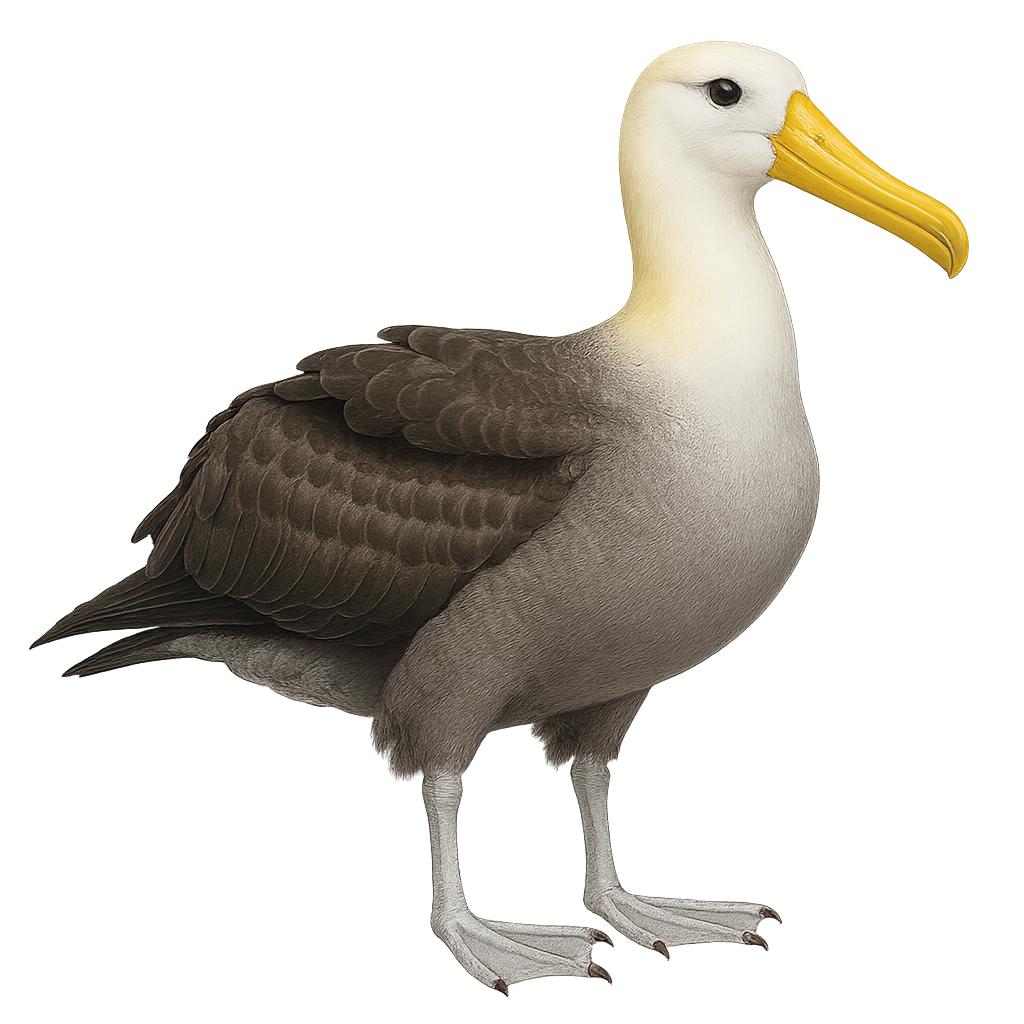Your wildlife photography guide.
Explore the waved albatross in detail, study its behavior, prepare your shots.
Where to observe and photograph the waved albatross in the wild
Learn where and when to spot the waved albatross in the wild, how to identify the species based on distinctive features, and what natural environments it inhabits. The WildlifePhotographer app offers tailored photography tips that reflect the waved albatross’s behavior, helping you capture better wildlife images. Explore the full species profile for key information including description, habitat, active periods, and approach techniques.
Waved Albatross
Scientific name: Phoebastria irrorata

IUCN Status: Endangered
Family: DIOMEDEIDAE
Group: Birds
Sensitivity to human approach: Suspicious
Minimum approach distance: 10 m
Courtship display: October to November
Incubation: 60-62 jours
Hatchings: December to February
Habitat:
Islands, rocky coasts, oceans
Activity period :
Primarily active during the day, with peak activity in the morning and late afternoon.
Identification and description:
The Waved Albatross, or Phoebastria irrorata, is a remarkable seabird native to the Galápagos Islands. Known for its striking white and brown plumage, it features a bright yellow bill and long, narrow wings designed for gliding over vast oceanic distances. This albatross is famous for its elaborate courtship displays, where pairs engage in synchronized dances. Primarily monogamous, it forms lasting bonds with its mate. It feeds mainly on fish and squid, diving into the ocean to catch its prey. Unfortunately, this species is threatened by industrial fishing and climate change, which impact its food sources and nesting sites.
Recommended lens:
400mm – adjust based on distance, desired framing (portrait or habitat), and approach conditions.
Photography tips:
To photograph the Waved Albatross, it is advisable to use a telephoto lens of at least 400mm to capture detailed images without disturbing the bird. The natural light of the morning or afternoon is ideal for highlighting the nuances of its plumage. Be patient and wait for the albatross to be in flight to capture its majestic wings spread. Always respect safety distances to avoid disturbing these sensitive birds, and use a tripod to ensure the stability of your shots.
The WildlifePhotographer App is coming soon!
Be the first to explore the best nature spots, track rutting seasons, log your observations, and observe more wildlife.
Already 1 432 wildlife lovers subscribed worldwide

